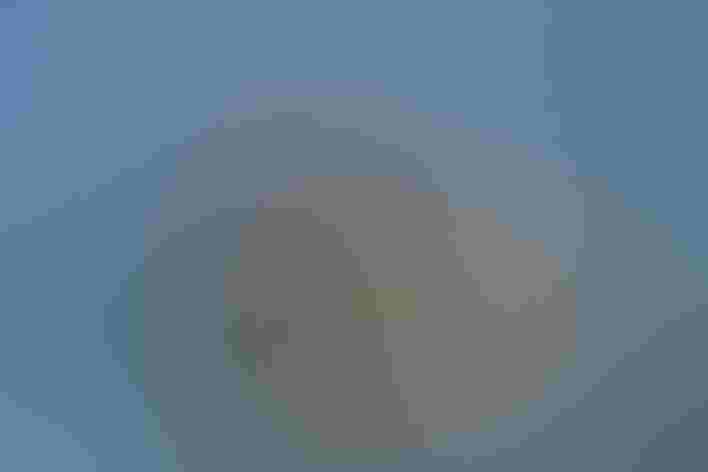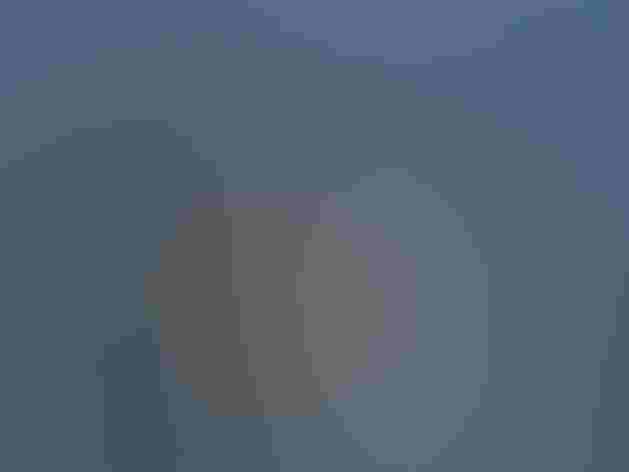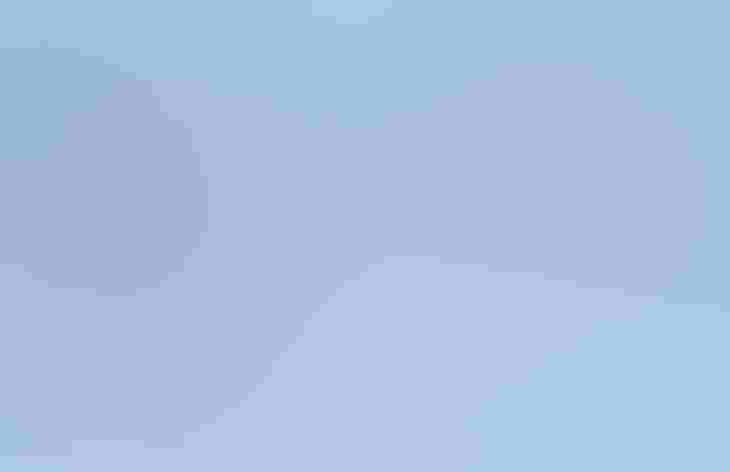Lesser Scaup
At a Glance
One of the most numerous and widespread diving ducks in North America, especially on inland waters. Can be very active when feeding, diving and surfacing repeatedly. In winter often seen on lakes and bays in dense flocks, numbering hundreds or even thousands, and often with no other species of ducks associated with them. The two species of scaup sometimes occur in the same places, but they tend to keep to themselves rather than mixing freely.
All bird guide text and rangemaps adapted from Lives of North American Birds by Kenn Kaufman© 1996, used by permission of Houghton Mifflin Harcourt Publishing Company. All rights reserved.
Category
Diving Ducks, Duck-like Birds
IUCN Status
Least Concern
Habitat
Coasts and Shorelines, Freshwater Wetlands, Lakes, Ponds, and Rivers, Saltwater Wetlands, Tundra and Boreal Habitats
Region
Alaska and The North, California, Eastern Canada, Florida, Great Lakes, Mid Atlantic, New England, Northwest, Plains, Rocky Mountains, Southeast, Southwest, Texas, Western Canada
Behavior
Direct Flight, Rapid Wingbeats, Swimming
Population
3.700.000
Range & Identification
Migration & Range Maps
Migrates in flocks. Main migration is rather late in fall and early in spring.
Description
15-18" (38-46 cm). Male scaup are black at both ends, whitish in the middle. Females have brown heads with white face patch. Head shape is best mark for separating the two species: Lesser Scaup has peak at back of crown, slightly smaller bill than Greater Scaup. In flight, note shorter white wing stripe of Lesser (reaches halfway out wing). Male Lesser often shows purple gloss on head in good light.
Size
About the size of a Crow, About the size of a Mallard or Herring Gull
Color
Black, Brown, Gray, Purple, White
Wing Shape
Pointed
Tail Shape
Rounded, Short, Square-tipped
Songs and Calls
Seldom heard; sharp whistles and guttural scolding notes.
Call Pattern
Flat, Simple
Call Type
Croak/Quack
Habitat
Marsh ponds (summer), lakes, bays, estuaries. Summers around large marshes in prairie or forested regions. Winters on lakes, reservoirs, rivers, sheltered areas of coastal bays. Overlaps extensively with Greater Scaup, especially in winter, but at that season the Lesser is far more likely to be found on freshwater lakes and ponds well inland.
Sign up for Audubon's newsletter to learn more about birds like the Lesser Scaup
Behavior
Eggs
9-11, sometimes 8-14. Olive-buff. Incubation is by female only, 21-27 days.
Young
Leave nest shortly after hatching, go to water. Young are tended by female but feed themselves. 2 or more broods of young may join under care of several adult females. Age at first flight 47-54 days after hatching.
Feeding Behavior
Forages by diving and swimming underwater; sometimes by dabbling or up-ending in shallow water. Sometimes feeds at night.
Diet
Includes mollusks, plant material. Diet varies with season and habitat, but animal matter may predominate, especially mollusks such as clams and snails, also aquatic insects, crustaceans. Also eats plant material such as stems and leaves of sea lettuce, pondweeds, wild celery, plus seeds of pondweeds, sedges, grasses, and others. Birds on the Great Lakes may feed heavily on the introduced zebra mussel.
Nesting
Probably first breeds at age of 2 years in most cases. Elements of courtship display by male include a shake of the head, followed by throwing the head far back and bringing it forward very quickly; exaggerated bowing movements; ritualized preening. Some displays may be performed underwater. Nest site is usually on dry land close to water, often on islands in lakes, surrounded by good cover of vegetation. Stands of bulrush in marshes especially favored. Nest is a slight depression with addition of some dry grass, lined with down.
Conservation
Conservation Status
Although it is still abundant, the total population has declined significantly in recent decades, and the causes are not well understood.
Climate Threats Facing the Lesser Scaup
Choose a temperature scenario below to see which threats will affect this species as warming increases. The same climate change-driven threats that put birds at risk will affect other wildlife and people, too.









